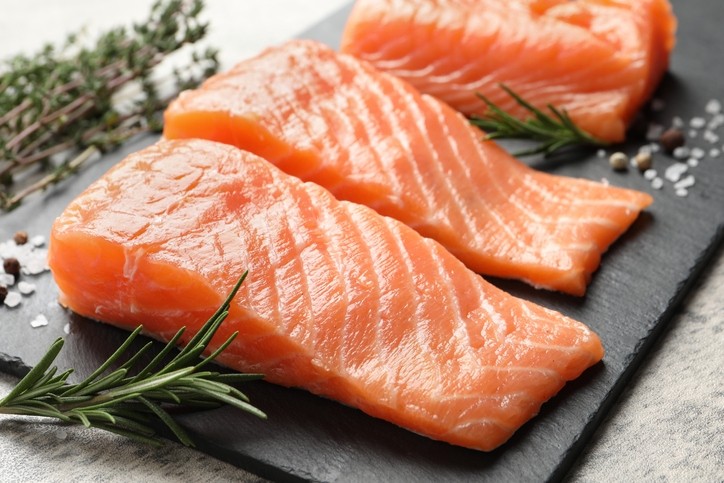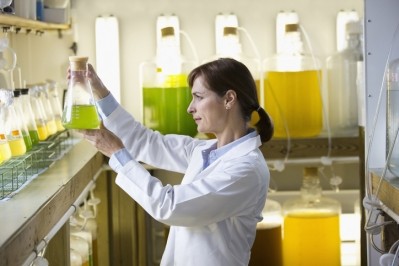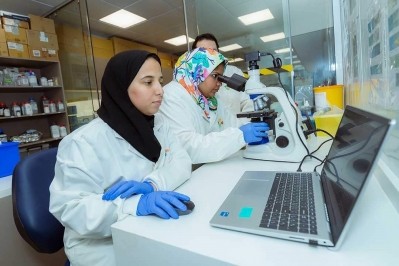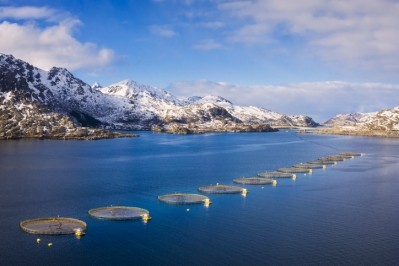Astaxanthin production: Asteasier consortium unveils breakthrough microalgae technology

However, an initiative, Asteasier, led by researcher Matteo Ballottari from the University of Verona, Italy, aims to transform astaxanthin production.
The participants in this consortium project are confident about the potential of two microalgae strains to offer a faster, more economical, and simpler method of astaxanthin production.
Ballottari tells us Asteasier is one of 20 European Innovation Council-funded transition projects dedicated to translating innovative technologies from the laboratory to practical application.
Over the past months, selected microalgae strains, originally developed at the University of Verona, have been cultivated in large-scale photobioreactors both in Italy and Portugal as part of this initiative, which kicked off in January last year.
These strains, originating from novel microalgae species and protected by specific patents, consistently exhibit exceptional productivity in astaxanthin accumulation and resilience to environmental stressors, reports Ballottari. This resilience supports a more cost-effective production model, explains the coordinator.
Feed trials
Asteasier, scheduled to conclude in December 2024, with an overall cost estimate of €2m, focuses on validating the technology in microalgae cultivation and confirming the biomass's suitability for feed production.
“The end goal is to showcase the effectiveness of the technology in terms of production yield, costs, pigmentation, and its positive impact on farmed fish.”
Feed trials, beginning this month in collaboration with another consortium partner, BioMar, an aqua feed major, will evaluate the biomass's incorporation into specialized feed formulations tailored for salmon production. Additionally, the strains offer valuable by-products such as omega 3, said Ballottari.
Plans for commercial development include establishing a spin-out company from the University of Verona and installing a demo pilot site in Verona, scheduled to be operational by the end of February, he added.
“While preliminary discussions with investors have occurred, we await validation from fish trials to advance these conversations.”
Asteasier has won recognition more locally as well, winning the business innovation focused Veneto Startup Cup in October last year.
Synthetic astaxanthin dominant
Astaxanthin, widely used in feed for salmonids and shrimp, is recognized for its role as a pigment and antioxidant. The demand for natural versions is growing, fueled by the rising interest in organically farmed fish and sustainable production practices.
Currently, over 95% of the feed market is dominated by synthetic astaxanthin, produced through chemical synthesis from petroleum sources.
However, the market for natural astaxanthin is expanding, with players like Kuehnle AgroSystems (KAS) using sustainable fermentation production for economically relevant algae, combined with a non-GM strain of Haematococcus pluvialis to produce astaxanthin affordably and at scale.
Other market players include KnipBio, offering a bio-astaxanthin ingredient from a strain of the microorganism Methylobacterium extorquens, and JX Nippon, producing Panaferd, a non-GMO astaxanthin through fermentation.















